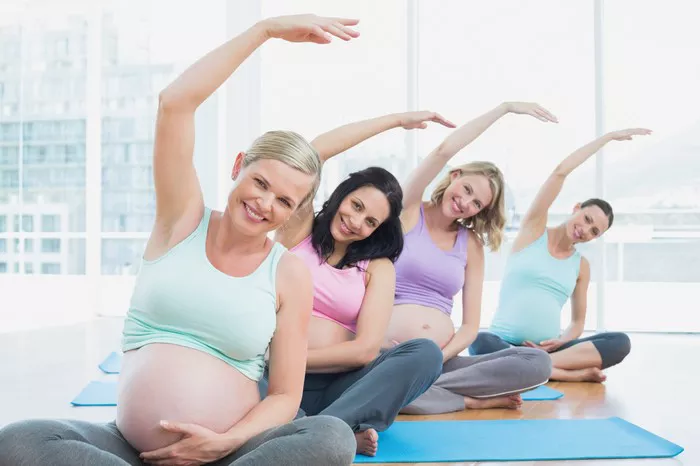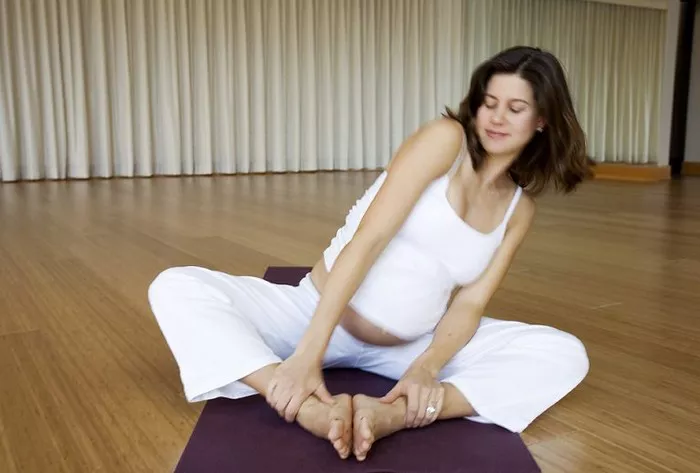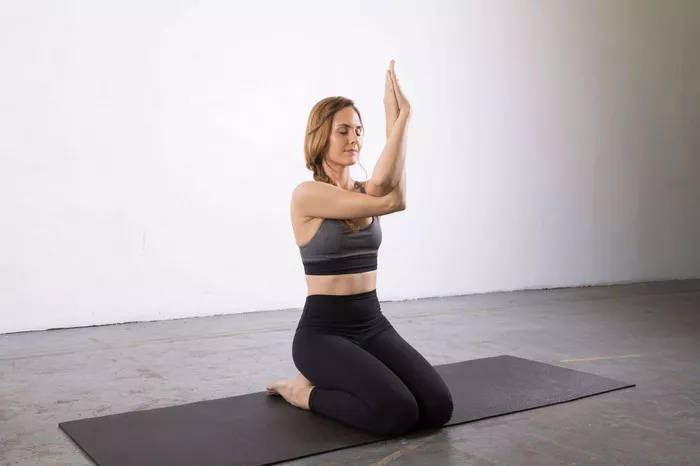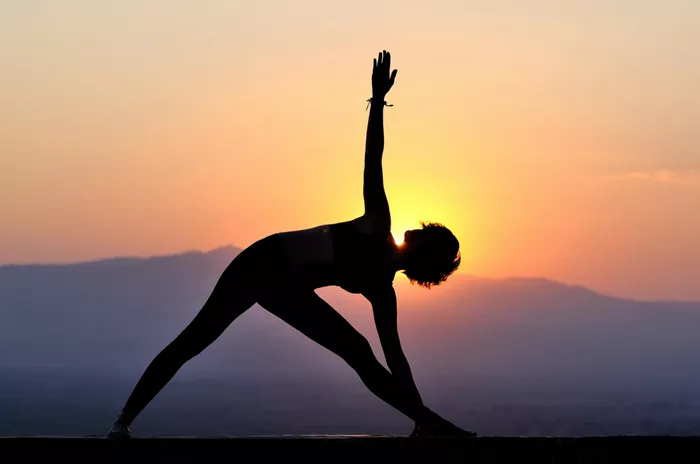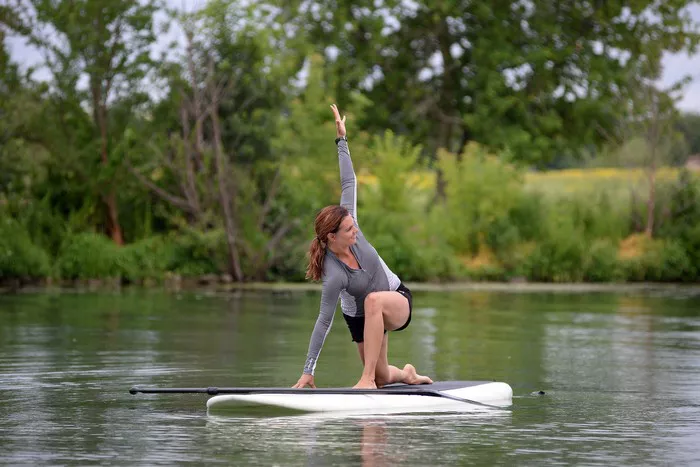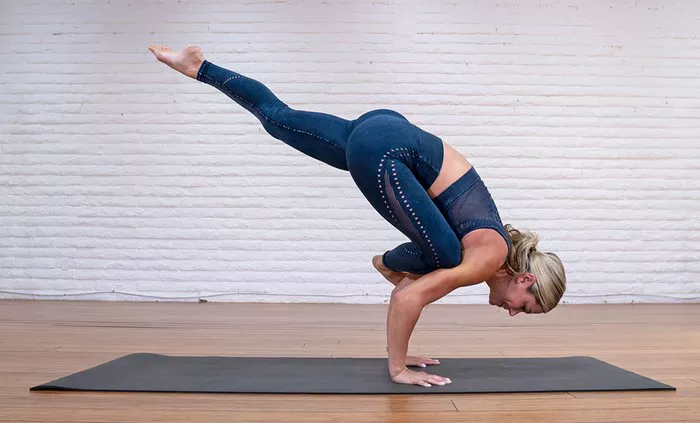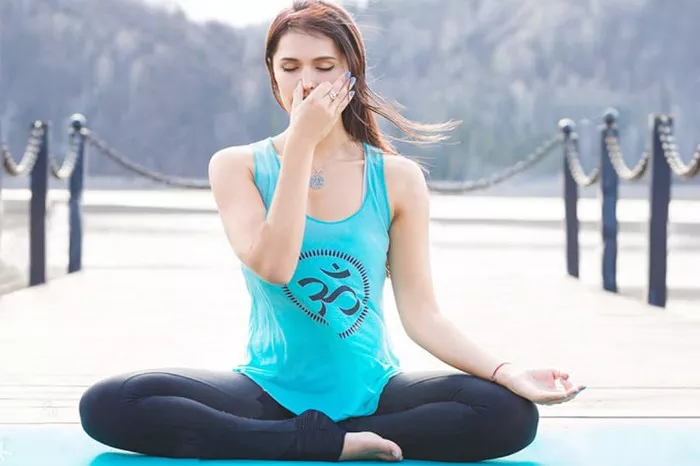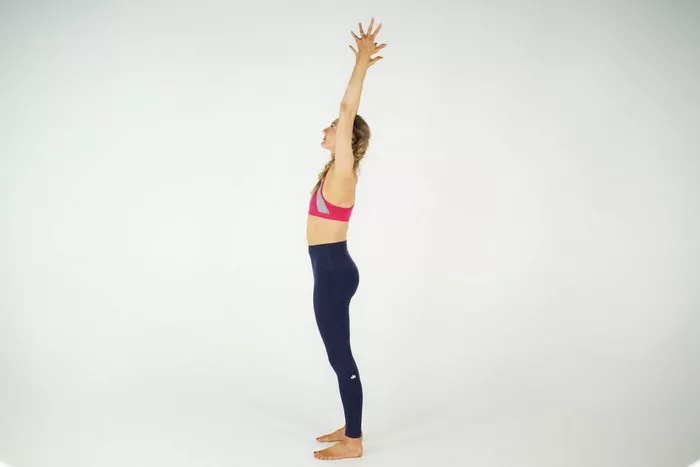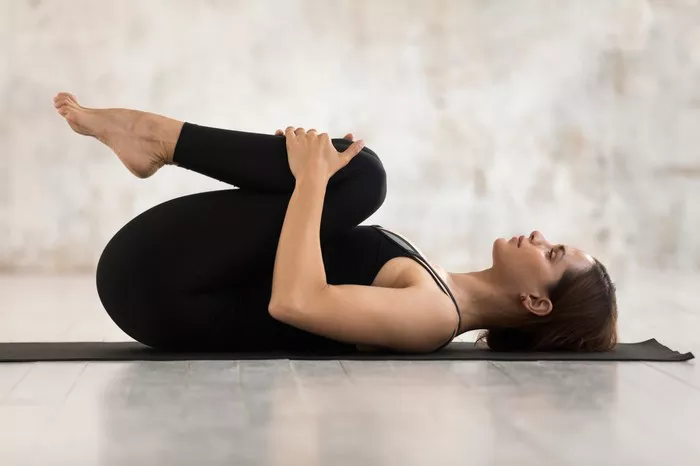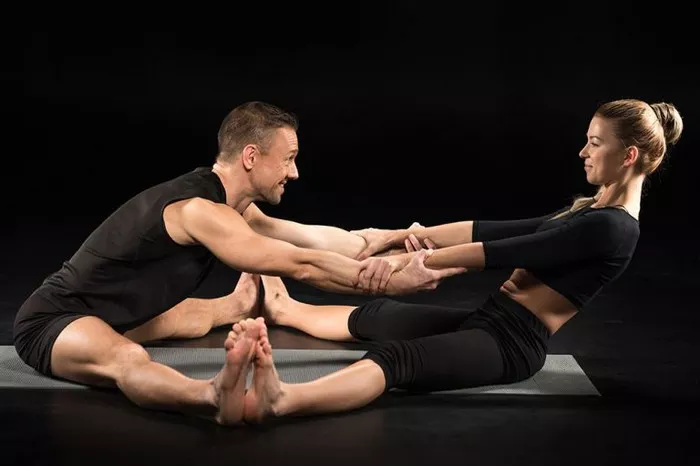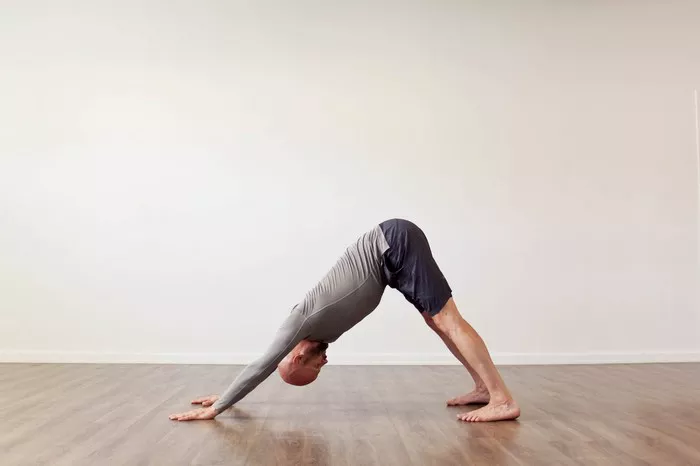The Butterfly Pose, also known as Baddha Konasana in Sanskrit, is a foundational yoga posture that is especially beneficial for flexibility, relaxation, and mental clarity. Whether you’re a seasoned yogi or just starting your journey into the practice, mastering the Butterfly Pose can significantly enhance your overall well-being. This detailed guide will walk you through the steps to correctly perform the pose, its benefits, common mistakes to avoid, and variations that can make the posture more accessible to beginners.
What is Butterfly Pose (Baddha Konasana)?
Baddha Konasana translates to “Bound Angle Pose” in English, with “Baddha” meaning “bound” and “Konasana” meaning “angle.” The pose involves sitting on the floor, bringing the soles of your feet together, and gently pressing your knees toward the ground, creating an angle with your legs resembling the shape of a butterfly’s wings.
This posture stretches the inner thighs, groin, and hips, while also improving circulation and calming the mind. It is a seated pose, often used for warming up before more intense yoga poses and as a meditative position for deep breathing and mindfulness.
Benefits of Butterfly Pose
Improved Flexibility in the Hips and Groin: The Butterfly Pose deeply stretches the inner thighs, hips, and groin, which can help release tension and tightness in these areas. Over time, this pose can improve hip flexibility and reduce stiffness, especially for people who spend long periods sitting.
Enhanced Blood Circulation: By stretching the lower body and opening the pelvis, the pose helps improve blood circulation in the legs and reproductive organs. This can be particularly beneficial for women, as it stimulates the pelvic region and can alleviate menstrual discomfort.
Calms the Mind: As a seated, grounding posture, the Butterfly Pose encourages mindfulness and relaxation. It helps to slow down the mind, making it easier to focus on the breath, clear mental clutter, and find inner peace.
Stimulates Digestion: The slight forward bend in the pose can gently massage the abdominal organs, improving digestion and promoting overall gut health. Regular practice can also relieve constipation and bloating.
Relieves Lower Back Pain: By stretching the inner thighs and groin, the Butterfly Pose can reduce pressure on the lower back, providing relief for people who experience discomfort in this area, especially due to poor posture or prolonged sitting.
How to Do Butterfly Pose (Step-by-Step Guide)
Step 1: Set Up Your Space Begin by finding a quiet, comfortable place where you can practice undisturbed. A yoga mat or a soft, flat surface will help cushion your body. Ensure you have enough space around you to stretch your legs comfortably.
Step 2: Sit in a Seated Position Sit on the floor with your legs extended straight in front of you. Keep your spine straight, shoulders relaxed, and head aligned with your spine. It’s important to sit tall and engage your core muscles to maintain an upright posture.
Step 3: Bring Your Feet Together Bend your knees and bring the soles of your feet together in front of you. Allow your feet to touch, and let your knees fall out to the sides. Your legs should form a diamond shape with your feet as close to your pelvis as comfortably possible.
Step 4: Hold Your Feet Place your hands on your feet, holding onto the arches or the outer edges of your feet. Keep your fingers gently curled around the feet, avoiding gripping them too tightly. Make sure your spine is still upright and not rounded.
Step 5: Open Your Hips Gently press your knees toward the floor, but do not force them down. If your knees don’t reach the ground, that’s okay. You can sit on a cushion or block to elevate your hips slightly, which can help bring the knees closer to the ground.
Step 6: Lengthen Your Spine While keeping your feet together, focus on lengthening your spine. Imagine your head being pulled toward the ceiling, and keep your chest open. Avoid rounding your back. If your hips are tight, you may feel a mild stretch in the groin and thighs, but it should never cause pain.
Step 7: Optional Forward Bend If you’re comfortable and your body allows it, you can gently fold forward from the hips. Keep your back straight and only go as far as your body feels comfortable. Don’t force a deep forward bend, especially if you are new to the practice. The key is to maintain a long, straight spine rather than collapsing it.
Step 8: Breathe and Hold the Pose Hold the pose for 30 seconds to 1 minute, focusing on your breath. Inhale deeply through your nose, allowing your chest to rise and your abdomen to expand. Exhale fully, letting go of any tension in your body. With each breath, try to relax deeper into the stretch.
Step 9: Exit the Pose To come out of the pose, slowly release your hands from your feet and gently draw your knees together. Extend your legs out in front of you and shake them out to release any tension.
Tips for Beginners
Warm Up First: Before attempting Butterfly Pose, it’s helpful to warm up your body with some gentle stretches. Focus on your hips, inner thighs, and hamstrings to prepare your body for the deep stretch.
Use Props: If your hips are tight, it can be challenging to bring your knees closer to the floor. Consider sitting on a cushion or yoga block to raise your hips and make the pose more comfortable.
Engage Your Core: Throughout the pose, engage your core muscles to support your spine. This helps to prevent any rounding of the back and encourages a more effective stretch.
Be Gentle: The Butterfly Pose is about relaxation and gentle stretching, not pushing yourself to the limit. Avoid forcing your knees down or trying to touch your head to the ground. It’s important to listen to your body and respect its limits.
Breathe Deeply: The breath is essential in yoga, and it helps deepen the stretch. Focus on slow, deep breaths throughout the pose. This will help you relax and release any tension in your body.
Common Mistakes to Avoid
Rounding the Back: One of the most common mistakes in the Butterfly Pose is rounding the back. This not only reduces the effectiveness of the stretch but can also cause discomfort. Always strive to keep your spine elongated and your chest open.
Forcing the Knees Down: Another mistake is attempting to push the knees down forcefully. The knees should fall naturally toward the floor, but if they don’t reach, that’s perfectly fine. Never force your body into a position that causes discomfort or pain.
Holding the Feet Too Tightly: While it’s important to hold your feet in the pose, gripping them too tightly can create unnecessary tension in the hands and arms. Keep a relaxed grip and focus on relaxing your body.
Collapsed Chest: If you allow your chest to collapse forward instead of maintaining an open, lifted chest, you will lose the benefits of the pose. Always focus on lifting through the chest and lengthening the spine.
Variations of the Butterfly Pose
While the standard Butterfly Pose is accessible to most, there are several variations that can be helpful for beginners or individuals looking to deepen their practice.
Reclined Butterfly Pose (Supta Baddha Konasana): For a more relaxing version, try reclining on your back with your feet together and your knees open to the sides. Place your hands on your belly or out to the sides, and allow your body to relax completely.
Butterfly Pose with a Forward Fold: For those with more flexibility, you can increase the stretch by slowly folding forward from the hips. Keep your back straight, and reach your hands toward your feet or the floor in front of you. This variation deepens the hip and lower back stretch.
Supported Butterfly Pose: If you’re experiencing tight hips or discomfort, you can place a cushion or yoga block under your hips for added support. This will help reduce strain on the lower back and make the pose more accessible.
Seated Butterfly Pose with a Wall: Sit with your back against a wall for added support. This can help you maintain an upright spine, especially if you have a tendency to slouch or round your back.
Conclusion
The Butterfly Pose is a wonderful and accessible posture that offers numerous benefits for the body and mind. Whether you’re new to yoga or an experienced practitioner, incorporating Baddha Konasana into your practice can enhance flexibility, improve circulation, and provide a sense of calm and relaxation.
Remember to approach the pose with patience and mindfulness, respecting your body’s limits. With consistent practice, you will notice improvements in your flexibility, posture, and overall well-being. So, the next time you unroll your mat, take a moment to practice Butterfly Pose, and allow yourself to enjoy the physical and mental benefits it brings.
Related Topics:

